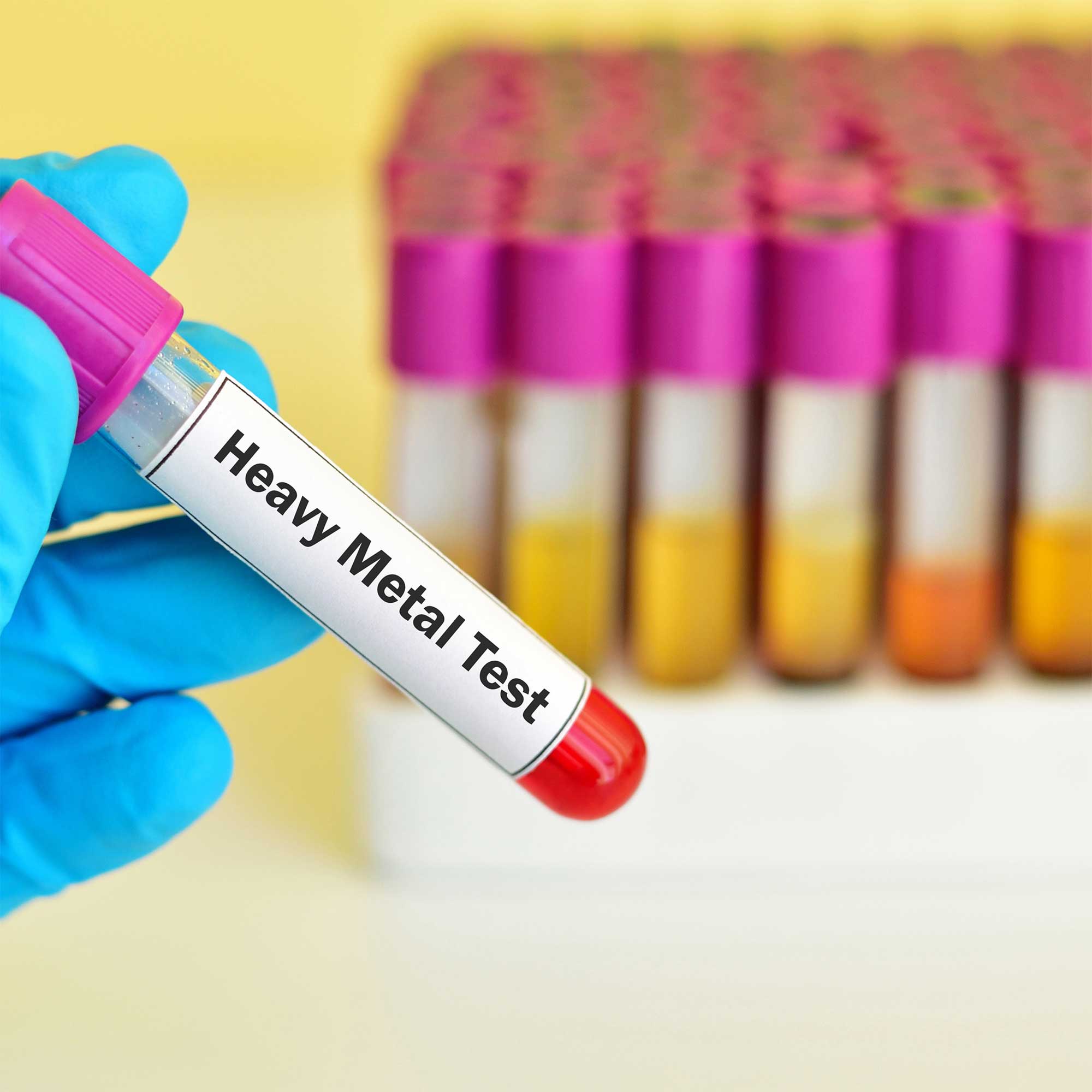Applications of AAS in Environmental Monitoring and Heavy Metal Detection

Applications of AAS in Environmental Monitoring and Heavy Metal Detection
Atomic Absorption Spectroscopy (AAS) is a powerful analytical technique widely used in
environmental monitoring to detect and quantify trace levels of heavy metals. With increasing
concerns over pollution and its impact on ecosystems and human health, AAS has become an
indispensable tool for environmental laboratories. It provides precise, reliable, and cost-effective
analysis of elements in various environmental matrices like water, soil, and air.
Understanding the Role of Heavy Metals in Pollution
Heavy metals, such as lead (Pb), mercury (Hg), cadmium (Cd), and arsenic (As), are naturally
occurring elements that can become toxic at elevated concentrations. Industrial activities,
agricultural runoff, and mining contribute significantly to their presence in the environment. These
contaminants can:
1. Affect Water Quality: Contaminate drinking water sources, impacting human health and
aquatic ecosystems.
2. Degrade Soil Fertility: Accumulate in soil, affecting crop productivity and food safety.
3. Impact Air Quality: Lead to respiratory and other health issues when inhaled as fine
particles.
Applications of AAS in Environmental Monitoring
Atomic Absorption Spectroscopy offers a precise method for detecting heavy metals in various
environmental samples. Key applications include:
1. Water Quality Analysis
AAS is extensively used to monitor heavy metals in surface water, groundwater, and wastewater. It
ensures compliance with regulatory standards set by bodies like the EPA and WHO.
Example: Determining lead levels in drinking water supplies to meet safe consumption limits.
2. Soil Contamination Studies
Heavy metals in soil can adversely affect agricultural practices and food safety. AAS helps identify
contaminated sites and supports remediation efforts.
Example: Measuring cadmium concentration in agricultural soils near industrial zones.
3. Airborne Particulate Analysis
Fine particulate matter (PM) in air often contains heavy metals. AAS can analyze these particulates
to assess industrial and vehicular pollution.
Example: Detecting arsenic and mercury in industrial emissions.
4. Biomonitoring
AAS also aids in studying the bioaccumulation of heavy metals in plants and animals, providing
insights into ecological impacts.
Example: Monitoring mercury levels in fish from polluted water bodies.
Advantages of Using AAS for Heavy Metal Detection
Atomic Absorption Spectroscopy stands out due to several key benefits:
High Sensitivity: Capable of detecting trace levels of metals down to parts per billion (ppb).
Wide Elemental Range: Suitable for analyzing over 70 elements, including toxic and
essential metals.
Versatility: Compatible with diverse sample types like liquids, solids, and gases.
Regulatory Compliance: Meets global environmental standards for heavy metal testing.
Labindia Analytical’s Fully Automatic True Double Beam Atomic Absorption Spectrophotometer
AA8000 is an excellent choice for laboratories requiring precision and efficiency in environmental
monitoring. Its features, such as advanced automation, high sensitivity, and robust design, make it a
reliable solution for heavy metal analysis.
Challenges in Heavy Metal Detection and How AAS Overcomes Them
1. Matrix Interference: Environmental samples often have complex matrices. AAS minimizes
interference using techniques like graphite furnace atomization.
2. Low Detection Limits: AAS instruments can detect extremely low concentrations, crucial for
regulatory compliance.
3. Sample Throughput: Modern AAS systems, like the AA8000, support automation to handle
high sample volumes efficiently.
Conclusion
The applications of AAS in environmental monitoring extend far beyond just detecting heavy metals;
it serves as a cornerstone for pollution control and sustainable development. Whether it’s
safeguarding drinking water, maintaining soil health, or ensuring clean air, Atomic Absorption
Spectroscopy provides the precision and reliability needed for critical environmental analyses.
By integrating advanced AAS instruments like the Labindia Analytical AA8000, laboratories can
achieve accurate results, drive compliance, and contribute to a healthier planet.
SEO Keywords:
Atomic Absorption Spectroscopy
Environmental Monitoring
Heavy Metal Detection
Water Quality Analysis
Soil Contamination Testing
Labindia Analytical AA8000
AAS for Pollution Control